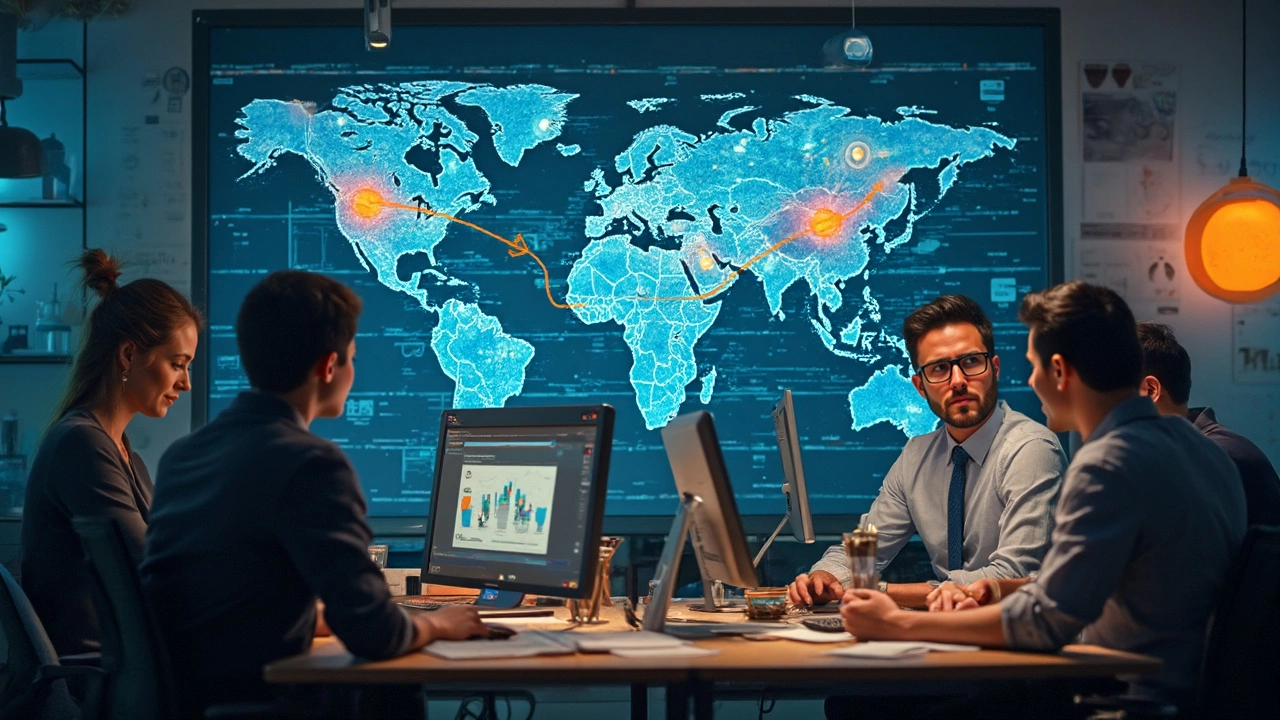Steel Industry Overview – Facts, History, and Today’s Leaders
If you’ve ever wondered what makes skyscrapers rise or why cars are built the way they are, the answer is steel. This metal has been the backbone of modern life for more than a century, and its story is still being written. Below you’ll find a quick rundown of where steel came from, why it matters today, and which companies are shaping its future.
From Pittsburgh to Global Giants
Pittsburgh earned the nickname "Steel City" because it once produced most of America’s steel. The city’s rivers powered massive blast furnaces, and millions of jobs grew around the roaring mills. Over time, the industry shifted, and today most steel is made in places like China, India, and Europe. The change wasn’t smooth – the United States saw a sharp decline in steel output as factories closed and jobs moved overseas. That slowdown sparked debates about trade policy, automation, and how to keep the workforce skilled.
Even with the decline, a few American firms still punch above their weight. Companies such as U.S. Steel have reinvented themselves with advanced alloys and greener production methods. Meanwhile, the world’s richest steel firm – ArcelorMittal – leads with a presence in more than 60 countries and a portfolio ranging from construction beams to high‑tech automotive sheets.
Why Steel Matters for Modern Manufacturing
Steel isn’t just about bridges and buildings; it’s the material that keeps elevators moving, cars rolling, and factories humming. In India, the push for “Made‑in‑India” hypercars and high‑speed rail projects has driven demand for stronger, lighter steel grades. The same trend is visible in the renewable energy sector, where wind turbine towers and solar panel frames rely on robust steel frames.
For manufacturers, choosing the right steel can mean the difference between a product that lasts ten years and one that fails early. Modern steel comes in dozens of grades, each tuned for strength, corrosion resistance, or flexibility. Understanding these grades helps engineers cut costs and improve safety.
New technologies are also reshaping how steel is made. Electric arc furnaces powered by renewable energy are cutting carbon emissions, while 3‑D printing with steel powder is opening doors for custom parts on demand. These advances show that steel is not a relic of the past – it’s evolving to meet 21st‑century challenges.
So, whether you’re a student curious about why Pittsburgh is famous, a business owner eyeing steel suppliers, or just someone who rides an elevator daily, knowing the basics of the steel industry gives you a better view of the world around you. Keep an eye on industry reports, watch the leaders like ArcelorMittal, and watch how new production methods might lower costs and boost sustainability.
In short, steel is still the quiet hero behind many of the things we use every day. Its history is rich, its present is dynamic, and its future looks greener and more innovative than ever.
